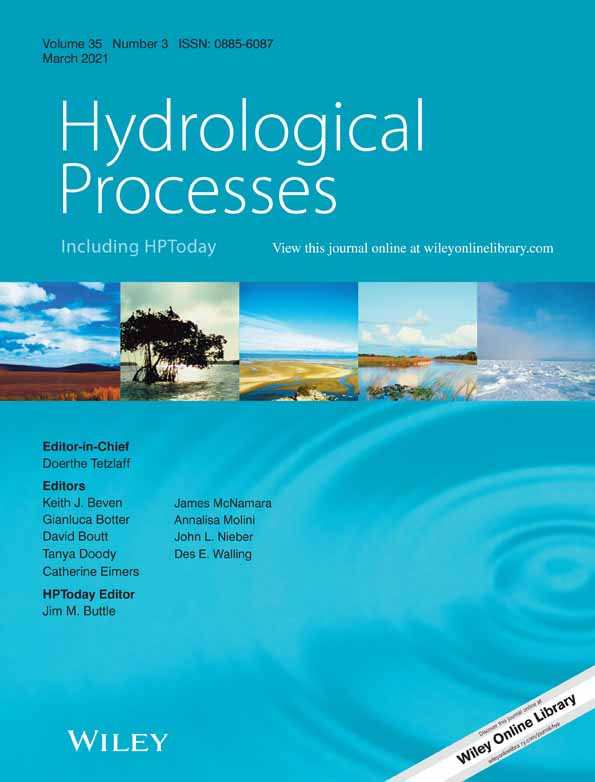The Kiryu Experimental Watershed: 50-years of rainfall-runoff data for a forest catchment in central Japan
Abstract
The Kiryu Experimental Catchment (KEW) is a small (5.99 ha) forest catchment located in Shiga Prefecture, central Japan (34°58′ N, 136°00′ E; www.bluemoon.kais.kyoto-u.ac.jp/kiryu/contents.html). Around this area, forest devastation occurred from ca. 1250 to ca. 150 years ago because of overuse of forest and timbers. Then, hillside forestation was carried out for more than 100 years to prevent soil erosion and support the timber industry, and consequently, most of this area is now covered with plantation forests mainly by Chamaecyparis obtusa Sieb. et Zucc. (Japanese cypress) planted around 1960's. This plantation forest is not actively managed. The KEW is one of the leading experimental forests with long-term monitoring data in Japan. Research in the KEW began in 1967 to elucidate the hydrological and biogeochemical processes in the forested catchment in relation to climate, geology, soil, and vegetation growth. Since then, the long-term hydrological data of precipitation, runoff and sediment transport are continuously monitoring. In this study, we provide the data and preliminarily discuss the rainfall–runoff patterns and sediment transport through 50 years in the KEW. The annual precipitation and the maximum daily rainfall have been greater than the average over the last decade. In response to the rainfall patterns, the ratio of annual direct runoff to precipitation was also larger in the last decade. The sediment transport in this decade was consequently larger than the preceding decades. Our data presented here suggest that a close relationship exists between the climate condition, rainfall–runoff response, sediment dynamics, as well as a slowly progressing change of forest condition.
Open Research
DATA AVAILABILITY STATEMENT
KEW is one of the sites belonging to the JaLTER (http://www.jalter.org/), Asiaflux (http://asiaflux.net/), and Japanflux (http://www.japanflux.org/) networks. The rainfall and runoff data presented here are available for downloading through the JaLTER website. Many other types of data will be made available upon request to the authors (M. Katsuyama: [email protected] or Y. Kosugi: [email protected]). Publications from the KEW are listed in http://www.bluemoon.kais.kyoto-u.ac.jp/kiryu/publications.html.




